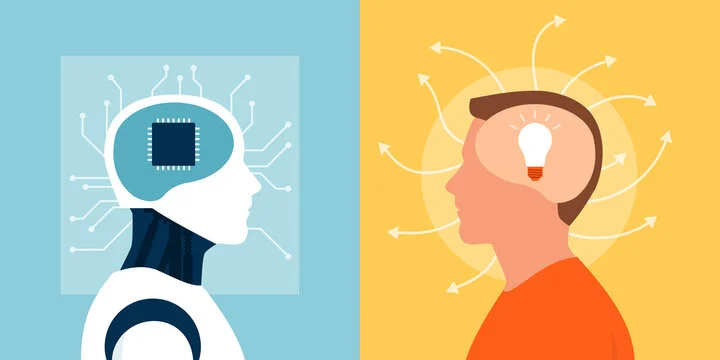In the age of speed in today’s world, audio-to-text software has become a necessary tool for businesspeople, teachers, reporters, and content producers. The AI vs Human Transcription debate is no longer merely about speed — it’s about context, accuracy, and cultural sensitivity. Companies like TransLinguist understand that words are more than just data; they are carriers of tone, intent, and meaning. While AI technology has advanced at lightning speed, there’s still a question that every organization faces: Should you trust a machine to capture your words, or is the human touch irreplaceable? This is exactly the conversation TransLinguist has been part of, helping clients navigate the strengths and weaknesses of each approach.
The Case for AI Transcription
AI-driven transcription can compress hours of spoken content into precise text within minutes. With its efficiency, affordability, and 24/7 convenience, it’s proving indispensable to sectors where time is an issue—whether that’s disseminating breaking news, summarizing business meetings, or creating live event reports. After being trained, it can process enormous quantities of content, identify numerous speakers, and recognize specific phrases.
AI might be at a loss when faced with heavy accents, regional dialects, or loud audio. And, though it does a great job with word processing, it often misses human subtleties such as sarcasm, cultural references, or idioms that can completely transform the meaning of a conversation.
Why Human Transcription Still Matters
Human transcribers bring something AI can’t replicate — judgment. An experienced expert is capable of deciphering tone, grasping context, and adapting to variations in regional language. In legal or medical scenarios, a minor transcription mistake could result in significant repercussions. Humans are capable of handling intricate formatting, spotting discrepancies, and ensuring the text reads smoothly
In the AI vs Human Transcription debate, this human adaptability is a strong point. Machines can analyze data, but they are not yet able to get the subtleties of human interaction.
Blended Approaches: Getting the Best of Both
Some businesses are now utilising a mixed approach, using AI for the first draft and humans for revision. This combines speed and precision, making it efficient and dependable.TransLinguist has seen success with this method, ensuring clients get transcripts quickly without sacrificing quality. By allowing AI to manage the initial work and having humans refine the final details, this balance often yields the best results.
Choosing the Right Option for Your Purpose
Ultimately, the AI vs Human Transcription decision is a matter of priorities. If cost and speed are most important, then AI may be the solution. If precision, cultural context, and legal accuracy are paramount, human transcription remains the gold standard. Many organizations find that blending the two is the smartest path forward.
TransLinguist continues to work with clients worldwide, helping them decide which method fits their goals — whether that’s the instant delivery of AI or the nuanced accuracy of human expertise.
FAQs
Can human transcription and artificial intelligence be used together?
Yes, a hybrid technique combines quick turnaround with human-reviewed correctness.
Is the price of AI transcription lower than human transcription?
AI tends to be less costly, although it may require finer tuning to ensure that it is accurate.
Which one is preferable: artificial intelligence or human transcription?
It varies based on your requirements—AI for speed, humans for accuracy, or both for fair results.
When should I use human transcription?
Choose human transcription for jobs that need high accuracy, cultural context, or precise formatting.



